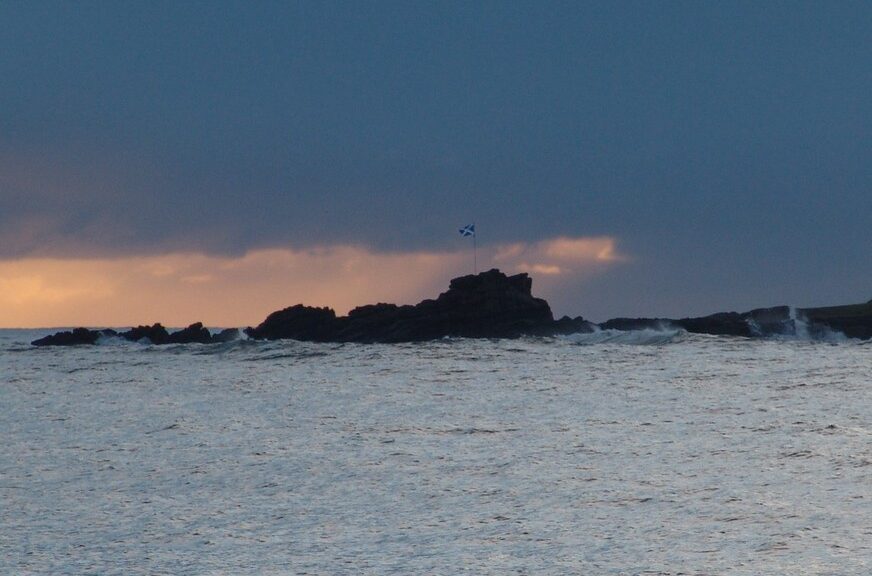
Sea fishing conditions – how to catch it right
Nothing can be as dispiriting as a blank. Maybe you have spent days preparing for your well deserved fishing trip and travelled many miles on top of that. Disappointment is not the worst of it, blanks can inflict serious damage to your self-confidence. You start to doubt your capabilities as an angler and might think twice the next time you’re tempted to take the rods out of the shed again. But in sea fishing a blank is not always caused by you ‘doing something wrong’, like using old bait or blunt hooks. To catch fish, you have to be at the right place at the right time. Despite what some people think, that’s not just down to dumb luck. To limit blanks you need to know where to go and when. Learn enough about sea fishing conditions and those fishless days soon will be a thing of the past.
Right fish at the right time
Strictly speaking, the time of the year isn’t part of the ‘sea fishing conditions’, but it is an important one none the less. Unlike fresh water species which are present in the same area throughout the year, a lot of sea species migrate. Therefore you have to make sure the fish you are targeting is actually present. Shore fishing for mackerel in early January is a good way to make sure you blank. The same is true for chasing winter cod in the summer.
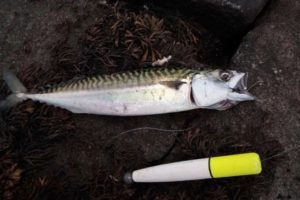
Even for species that don’t migrate there are more and less productive periods. Autumn is often a very good time to catch big flounder. They fatten themselves up before they move to deeper water to spawn. Further into the winter the catches drop and you’re probably better off targeting cod which move inshore to spawn. Learn more about fish movements and you can limit blanks drastically.
What’s on the menu
Let’s get one thing straight. Fish aren’t really interested in sea fishing conditions or seasons, the only thing they’re interested in is food. Mackerel follow the sprats, the pollock chase the sand eels, cod wait for the crabs to peel or for storms to dislodge worms from their burrows. Where there’s an abundance of food, there’s fish. If you’re fishing somewhere where there’s hardly any food available, you’re wasting your time. It is as simple as that.
Stage of the tide
If you know which stage of the tide is most productive at a certain mark you can limit blanks considerably. At one of the marks I frequently fish, all the action seems to happen at the same stage of the tide every time, and it never lasts for more than half an hour. Also the sea fishing conditions have to be right. In this case, a strong onshore wind. If I can’t make this ‘window of opportunity’ I won’t bother fishing that mark because I’m sure I will blank. There are no hard rules, because every mark fishes differently. Ironically, to be able to blank less, you have to do a bit of blanking first.
‘Slack water’
The only general rule is that the action slows down considerably at slack water. Slack water happens around the turn of the tide – at the end of the ebbing tide or the flooding tide – when the water doesn’t move in either direction. If you want to move to another mark or tie a few rigs this is the time to do it. The smaller the tide the longer this period of slack water will last.
Spring tides/neap tides
Apart from the stage of the tide, the size of the tide also has a big influence on fish activity. In general, the bigger the tide the more movement, the more food is available, and the more active the fish become. That doesn’t necessarily mean you always catch more during the bigger tides. Some marks are pretty much unfishable during spring tides. In some places the current can be too strong for any weight to keep bottom. On shallow beaches the tide can come in so fast that you barely have the time to move back. Some marks can only be fished during neap tides, while other (low water) marks are only accessible during spring tides. Again, you have to put in the hours to find out which sea fishing conditions are best for the mark you want to fish.
Wind direction and speed
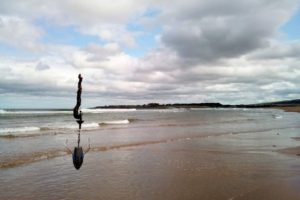
In the summer, there is an abundance of food: peeling crabs, big shoals of sand eels and sprats. But the winter is a different story. To get the fish within our reach we need a bit of help from the elements. Heavy onshore winds stir up the sea bed, dislodging all kinds of marine worms, crustaceans and shellfish. The swell also colours the water which means the bigger fish will feed closer inshore. The best sea fishing conditions are right after a storm. The conditions are calm enough to fish, but there is still plenty of food around. If you want to catch a double figure cod from the shore, this might be your chance.
Swell
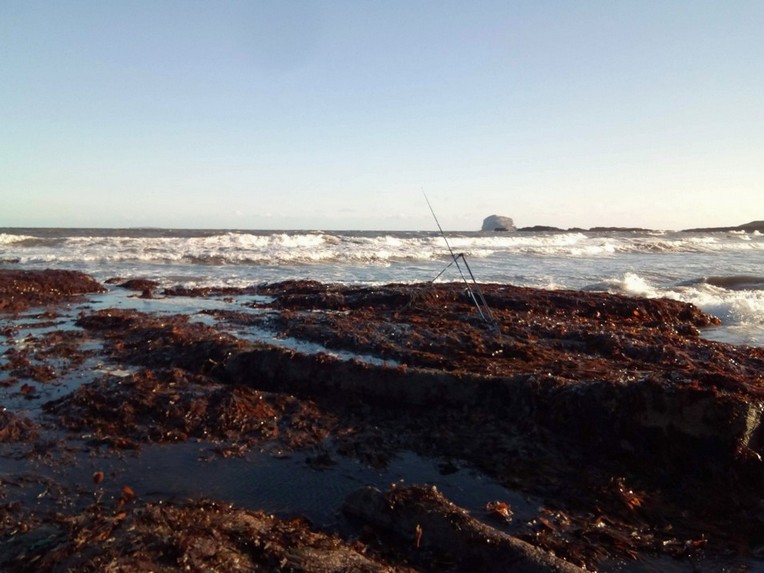
Conditions don’t need to be stormy, but you need a steady onshore wind for several days for it to have an effect. Swell is often a better indicator: anything over 5 feet and I start getting my tackle ready. I find the surfers’ site Magicseaweed.com is very helpful for predicting the swell.
Safety first
Rough seas bring the bigger cod closer to shore but they also bring risks. Before heading out on a mark, you need to make sure it’s safe first. Heavy seas and exposed rock marks are not a good combination. Don’t risk your life for a fish. If the sea is rough it’s a lot safer to fish from the beach. It’s often a lot more prolific too.
Use the right bait
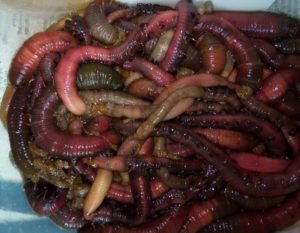
When you are at the right place at the right time, the fishing itself really isn’t that difficult. The most important part is using the right bait: when the cod are hoovering up all the dislodged lugworms, they might not pay attention to anything else. And with all those free available offerings, your bait better be fresh. Digging lugworm in the winter can be tough, but if you want to catch fish, you have to make the effort.
If the sea fishing conditions are right: get out there!
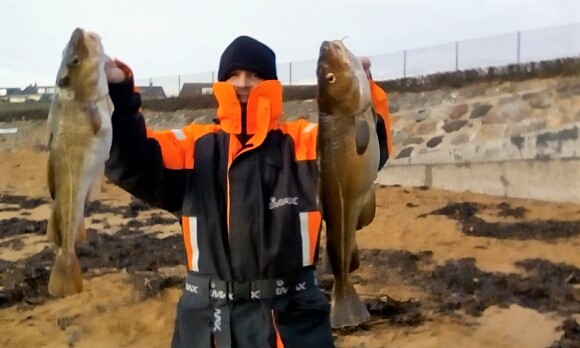
Speaking to some anglers you might get the impression that they’re catching big cod from the shore throughout the whole winter. The truth is, the ideal conditions might only occur a couple of times during a season. If you go fishing for cod every Saturday regardless of the conditions there is a good chance you blank nine times out of ten. Those calm winter days are better spent doing something else. Finish those long-promised repairs on your day off, that way she (or he) might be a bit more understanding when you sneak out in the middle of a Monday night. To be successful at winter fishing you have to get out there when the conditions are right. No excuses!
Night or day
When the conditions are perfect and the water has the colour of chocolate, you can catch big cod in the middle of the day. But most of the time your chances are a lot better at night. There are rock marks where I have never caught anything during the day while at night I don’t even get the chance to put the rod in the rest. If you’re fishing shallow water for cod or bass, your chances are a lot better at night. Apart from mackerel I find night-time is better for most species.
Brightness
Pleasant conditions for the angler – a calm, bright, sunny day – are seldom good for fishing. Fish don’t have eyelids. Fish like pollock use their huge eyes to hunt their prey from below and can’t see much when the sun is shining straight into the water. On clear summer days, your best chances are in the early morning or at night. In general, an overcast sky is preferable.
Rain
Apart from estuaries where heavy rain can change salinity levels, rain doesn’t affect fish behaviour that much. But it does influence the anglers’ safety. Rock marks that are perfectly safe in dry weather can be as slippy as ice when wet. Don’t be tempted, even if the conditions are perfect otherwise: you can’t catch any fish when you’re dead. This might sound like an exaggeration, but every year some anglers die while rock fishing. It’s simply not worth the risk. If the forecast says rain, choose a mark that’s safe when it’s wet. And if despite the forecast it looks like there’s rain coming when you’re fishing one of those marks: get the hell out of there!
Otherwise, don’t let the rain stop you from fishing. Just make sure you wear the right clothing. A beach shelter might also come in handy to keep your kit dry.
Adjust to the conditions
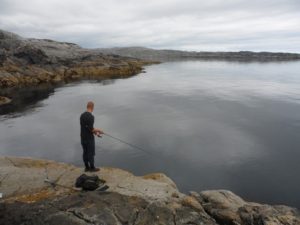
Blanks are often caused by having unrealistic goals or sticking to your plans despite changed conditions. If you were planning a bass session but the sea is flat calm, it might be a better idea to use your peeler crab to try to catch a summer cod from a kelpy rock mark. If you were planning to float fish for mackerel but the sea is way too rough, your time might be better spent targeting flounder or bass from one of the beaches.
The right place
There’s no point in having the right conditions if you don’t know where to cast. The biggest chances of catching are where the most food collects: gulleys, small bays, holes. Days that might not be very good for fishing, might be good for exploring marks. Take pictures, draw a map of possible hotspots. That way, when the sea fishing conditions are right, you hopefully catch loads.
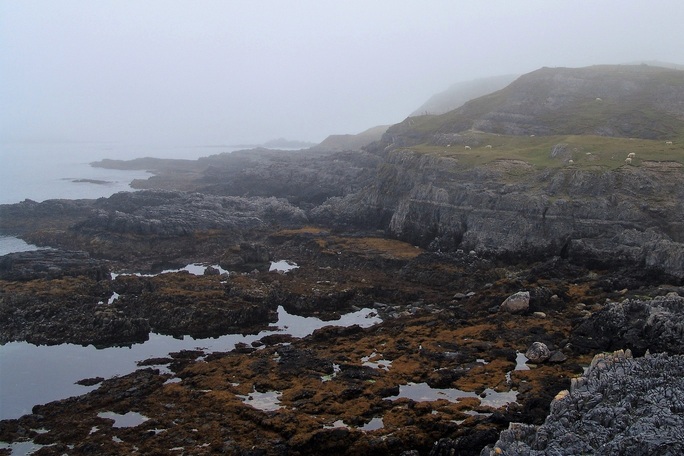
I hope this article was helpful to you. If there’s anything you like to share about sea fishing conditions, don’t hesitate to do so in the comment section below.
And if you’d like to receive an email every time I publish a new post, please subscribe to my newsletter. Tight lines!
4 thoughts on “Sea fishing conditions – how to catch it right”
Thanks so much for this great website.
Thanks, happy you like it.
Hi
I just catch fish on Ilsvika sea right by Trondheim in Norway from the land, and thanks for your guidance for fishing.
Hope you can give me special guides for the mark here.
Thanx again
Changiz
Hi Changiz,
The Trondheim Fjord is supposed to offer some amazing shore fishing possibilities. Unfortunately I never fished the area so I can’t give you any advice. Best is to speak some of the other local anglers. The Skarnsundet area (withing driving distance from Trondheim) is very popular with shore anglers and guided fishing is available: http://skarnsundet-fishing.com/shorefishing-at-skarnsundet/. I’m still hoping to go there some day. Tight lines!